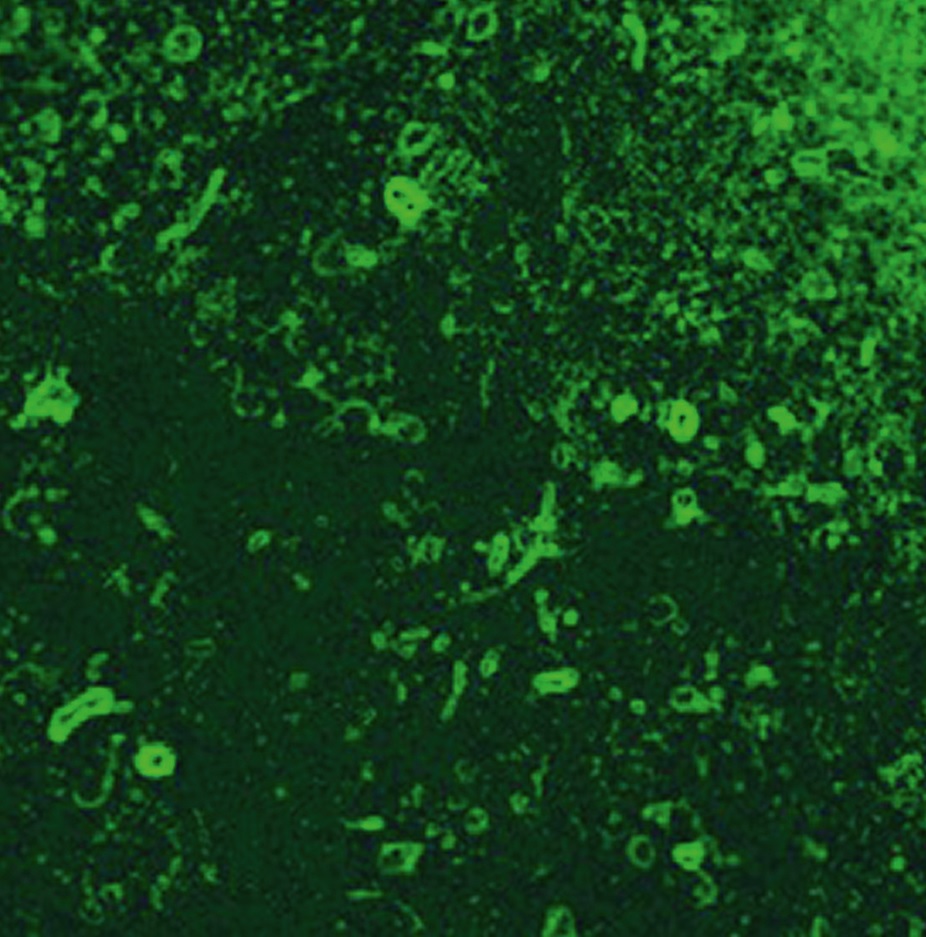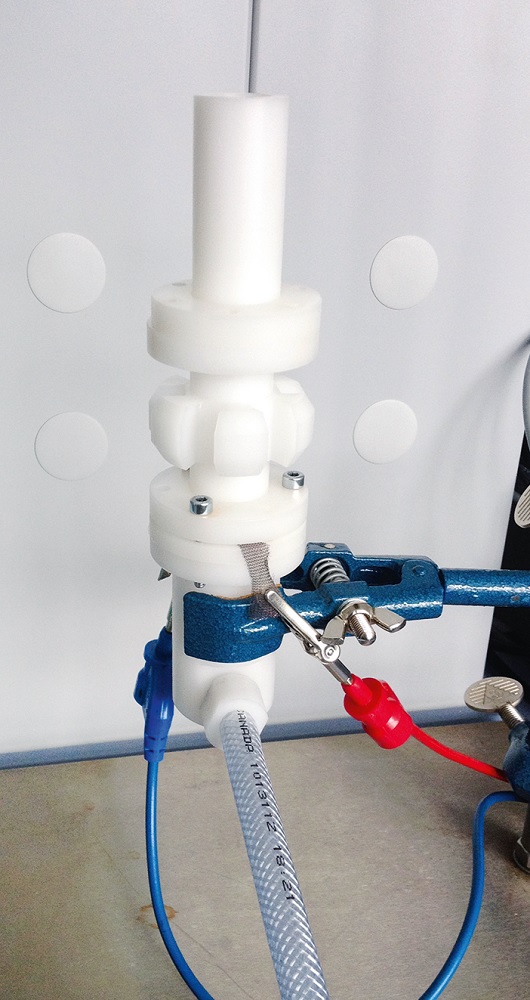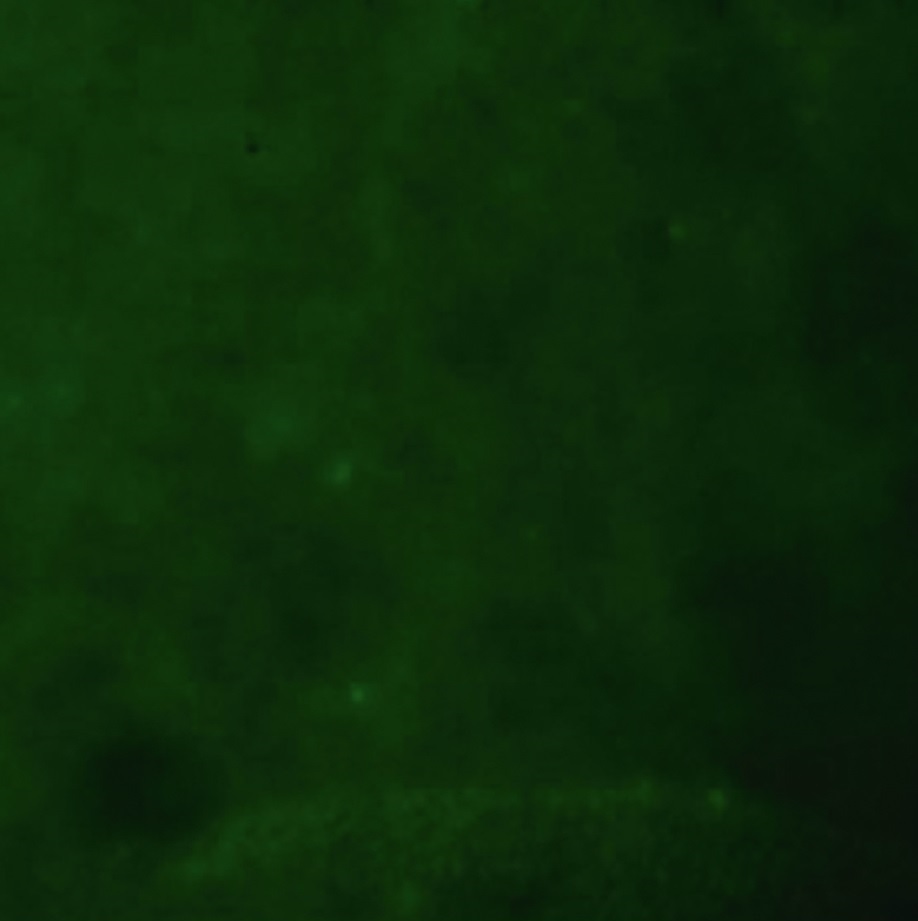


Motivation
The aim of the “ROWdix“ project is to develop a better, faster, and more efficient diagnostic tool for detecting pathogenic microorganisms in water and thus better protect the population and reduce the costs associated with ensuring water quality. Diagnostics of water samples is currently performing using time-consuming culture-based or complicated membrane filtration procedures followed by biochemical and/or serological identification. The complete culture test, from sampling to results, takes several days and does not provide the restrictiveness for first-in, first-out (FIFO) pathogen detection using current diagnostic methods. To overcome the existing obstacles to FIFO detection of contaminating microorganisms, an innovative, PCR-based tool mockup serving as a functional prototype was developed.
Research approach
FIFO detection requires rapid test processing and a high concentration of microorganisms in the water samples. A ceramic dissolution module (CerSep) with a maximum height of 25 cm and a diameter of 5 cm for integration into a sight glass with a detection tool was developed to achieve this. The separation of specific bacteria and the associated toxins from the contaminated liquid requires the use of ceramic micro-/nanofiltration cascades employing mechanical, electrical, and gravitation gradients to separate successively defined bacterial and broadspectrum protein toxins produced by accompanying nuisance materials such as algae blooms, scums, and mats, fat particles, eukaryotic microorganisms, water fleas, single algae cells, protozoa, and metazoans. This was the focus of development work. The setup consisted of large-pored, washable, sliding, theoretically reusable filter units.
The challenge consisted in separating the target bacteria from the accompanying materials in the liquid without causing damage and enabling accurate downstream analysis (regulation, number of colony-forming units, activity, and genetic stability). Besides size-dependent filter membranes with sizes of 5–200 nm for toxins and 300–800 nm for bacteria, prefilter membranes with sizes of 3–40 μm were modified. The influence of the respective ceramic material (Al2O3, ZrO2, or TiO2) on the hydrophobicity or hydrophilicity of the filter membranes was also investigated.
Application
For the use case of separation and concentration of the bacterium Escherichia coli, a three-stage processing module with 40-μm, 5-μm, and 600-nm Al2O3 filters was developed and tested successfully.